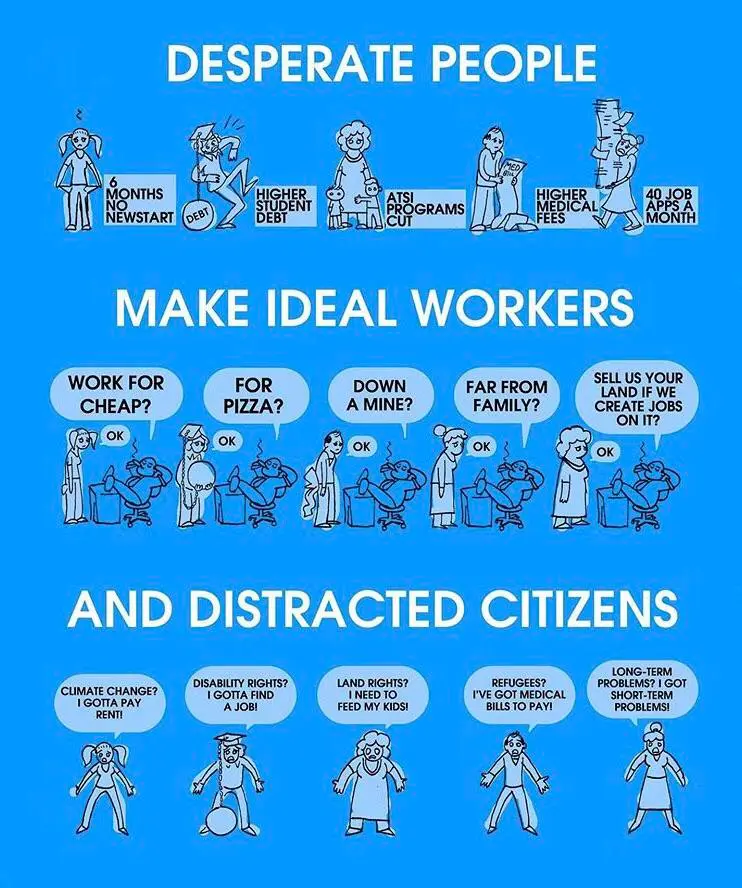This is the best summary I could come up with:
Fain’s stance — ambitious, belligerent and very publicly ticked off — is setting a tense tone for contract negotiations hurtling toward a deadline, with big implications for the economy, the green-energy transition and the future of middle-class manufacturing wages.
General Motors, Ford and Stellantis, the parent company of Chrysler and Jeep, have pledged to negotiate a fair deal but cautioned that they are facing heavy costs and competition from foreign and non-unionized automakers as the electric-vehicle transition heats up.
In addition to a 40 percent raise spread out over the next four years, UAW demands include reinstating regular cost-of-living adjustments to wages, eliminating a two-tiered employment model that offers lower pay to many newer workers, and restoring pensions and retiree health care benefits to all.
That razor-thin margin is forcing him to consolidate support from different UAW factions, which is one reason Fain has radically boosted union transparency, according to Nelson Lichtenstein, a labor historian at the University of California at Santa Barbara.
Where UAW leaders used to negotiate new contracts with the Big Three behind closed doors, sharing little information with members or the public, Fain is giving regular updates on Facebook Live, posting videos on YouTube and getting out for frequent meetings with the membership.
He advocates for workers to be paid for 40-hour weeks while working only 32, an idea he embraced after reading back issues of Solidarity magazine about the UAW’s demands in the 1930s and ’40s — the union’s most militant era, when it was common for hundreds of thousands of autoworkers each year to shut down production by occupying factories.
The original article contains 1,998 words, the summary contains 266 words. Saved 87%. I’m a bot and I’m open source!

